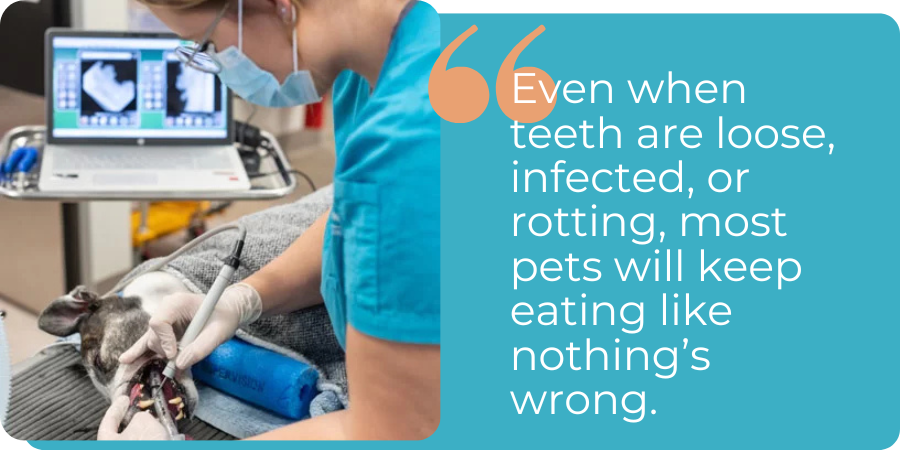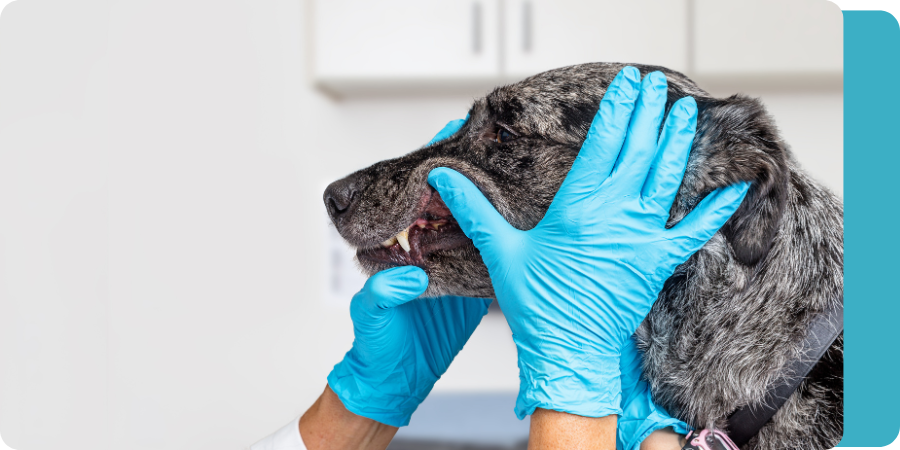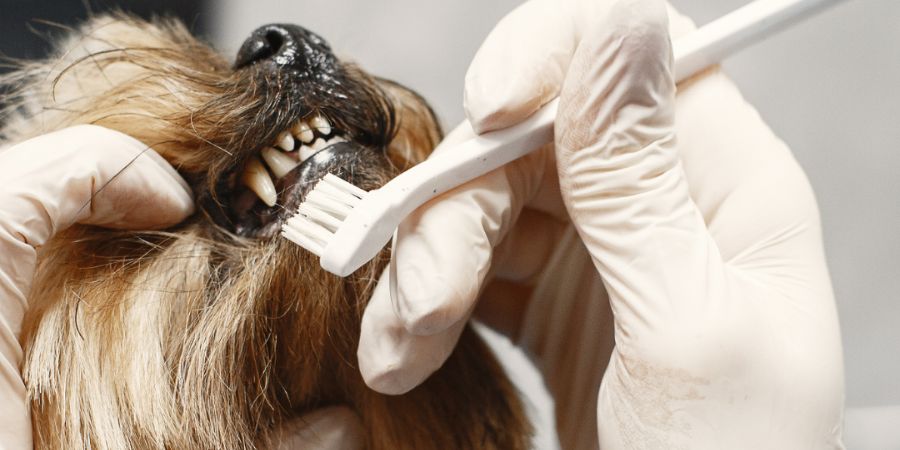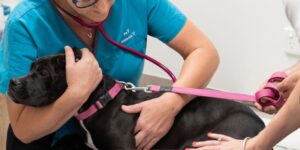Just like people, pets can suffer from serious dental problems if their teeth and gums aren’t properly cared for.
Pet dental disease is one of the most common health issues seen in dogs and cats, often starting with bad breath, red gums, or plaque build-up, and progressing to painful infections or even tooth loss if left untreated.
What many pet owners don’t realise is that dental disease doesn’t just affect the mouth — it can also impact a pet’s overall health, including their heart, liver, and kidneys.
Understanding the signs, risks, and prevention of dental disease is key to keeping your furry friend healthy, comfortable, and happy.
Key Takeaways
What is pet dental disease, and how does it begin?
Pet dental disease is an infection of the teeth and gums that usually starts with bad breath and plaque buildup.
Why is it dangerous to ignore signs of dental disease in pets?
Untreated dental disease can cause pain, tooth loss, and even spread infection to vital organs.
What are the key signs and symptoms an owner should watch for?
Watch for bad breath, drooling, trouble chewing, pawing at the mouth, gum changes, loose teeth, or behaviour shifts.
Do pets always show visible signs even when there is serious dental disease?
No, many pets hide discomfort and may act normally even with advanced disease.
How can dental disease be prevented or managed by owners?
Prevention includes regular vet check-ups, professional cleaning, and at-home dental care.
What is Pet Dental Disease?
Pet dental disease is an infection of the teeth and gums that’s very common in dogs and cats. It usually starts with bad breath and a build-up of plaque, which can lead to sore, swollen gums and painful teeth. If left untreated, it can make eating uncomfortable and may even affect your pet’s overall health.
The good news is, with regular dental care and check-ups, most dental disease can be prevented.
Pet Dental Pain
1 year = 7 years in dog time. Skipping their dental check-up is like ignoring yours for 7 YEARS.
The tricky part? Most pets won’t show obvious signs of dental pain, even when it’s severe. Many still eat, play, and seem “fine” on the outside. But behind the scenes, infections can build, teeth may loosen, and ongoing pain can impact their mood, energy, and overall health.
We often hear owners say their pet seems like a whole new dog after dental treatment because they were in more discomfort than anyone realised.
Don’t wait for visible signs. Be proactive and book your dog’s dental check-up and catch issues before they become painful problems.
It’s not just about stinky breath.
By the age of 3 years, 80% of our pets have dental disease.
Left untreated, it can cause pain, tooth loss, or even lead to infections in vital organs.
And here’s the tricky part: your pet probably won’t show obvious signs.

Most pets will keep eating like nothing’s wrong
Even when teeth are loose, infected, or rotting, most pets will keep eating like nothing’s wrong.
They may still show interest in food, and chew, just more carefully. You might notice they favour one side, take longer to eat, or start preferring soft food. But often, the changes are so subtle, they go unnoticed.
Dental pain is real. And just because they’re eating, doesn’t mean their mouth is healthy.
You won’t always see the symptoms of dental disease, but that doesn’t mean it’s not there. It’s up to us to look closer.
Pet Dental Disease Symptoms
Some more serious symptoms may include:
- Bad breath (it’s not “normal”)
- Excessive drooling or staining
- Struggling to chew or eat
- Pawing at their face or mouth
- Red, swollen, or bleeding gums
- Loose or missing teeth
- Changes in mood or energy
If you notice even one of these, it is likely your pet is in lots of pain and we recommended acting quickly.

What happens if dental disease symptoms are ignored?
Untreated dental disease doesn’t just stay in the mouth.
- Infections can spread to the heart, liver, and kidneys
- Ongoing pain can affect mood and behaviour
- It can affect their overall quality of life
Does my pet still need regular dental checks?
Yes, even with great at-home care, your pet still needs regular dental checks.
Brushing, dental chews and water additives help but they can’t remove hardened plaque or tartar once it builds up.
That’s where professional scale and polish treatments come in. They prevent more serious issues like infection, tooth loss, and pain.
- Annual dental checks
- Professional cleans
- At-home prevention in between

Dental care isn’t a “nice to have”, it’s essential for your pet’s long-term health.
Clients regularly report back to us after their pet’s dental procedure saying things like ‘Fluffy is like a kitten/puppy again” and “I had no idea that dental disease was affecting them so much!’
Not sure where your pet’s dental health stands?
Happy Paws is here to help. We strongly believe in the benefits of preventive pet dentistry to keep your pet’s mouth and the rest of their health in tip-top shape.
Book a dental check at Happy Paws and we’ll walk you through everything – no judgment, just expert care.







